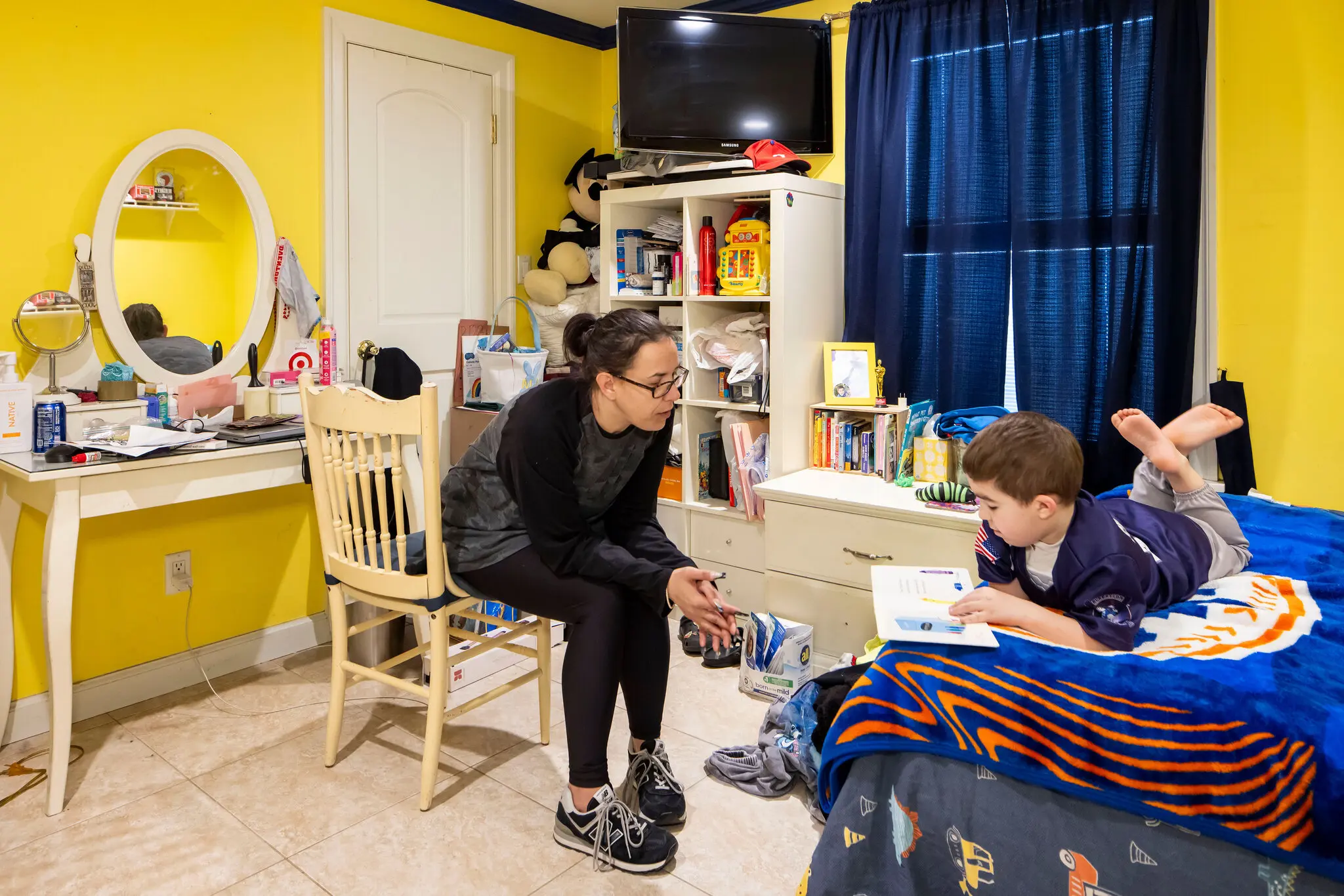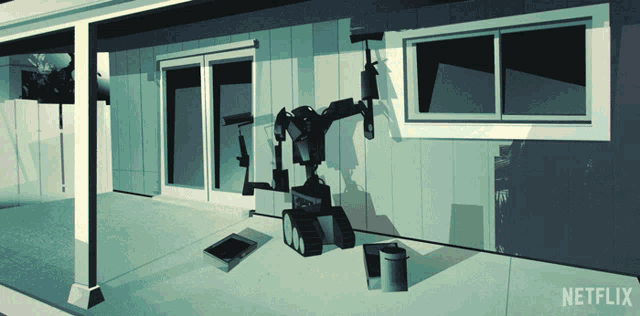Here’s Why and How to Beat The System.
You’re looking for a new place to live. You find an amazing rental on Dwellsy, reach out to the property manager, and connect. You ask about the rent to confirm that the rent is the same as what’s listed on Dwellsy, and the property manager pauses…
“Well…” she says, “when do you plan to move in? How long do you plan to live here?”
“Umm…first of the month, and maybe 12 months,” you respond, but all you can think is: “why the hell should that matter? What does that have to do with the price? Isn’t the rent the rent?”
Unfortunately, the rent is not always the rent.
Here, we have to explain that in the land of landlord pricing, there are two types of landlords.
The first is the individual folks – the person who owns one or two rentals or the small property manager who manages a couple of dozen places. The good news with this group is that the rent generally is the rent. They typically name one price and that’s their asking price. (More on that later)
The second is the corporate landlords. The big companies with nice websites, professional leasing offices, and more. They manage hundreds, thousands, or tens of thousands of apartments or homes.
With these folks, asking about the rent is like asking them how long a piece of string is…the answer is always “it depends.”
So, we’re talking about the second group. For them, the price varies (sometimes widely) based on three factors:
- How long you plan to rent the apartment/home. 12 months? 6 months? 14 months? 1 month? How long will your lease be?
- When they expect you to move out. Are you moving out in the low season? The high season?
- When you plan to move in. Are you taking possession of the apartment immediately after signing the lease? In 30 days?
If you looked inside their pricing systems, you would actually see a grid that looks like this:
As you can see, the prices vary wildly. If you rent the place for 17 months starting on January 28th (tomorrow, in our example), you only pay $947 per month for it. But, if you were to rent it for 1 month on February the 4th, you would have to pay $4,641 per month.
More than 4X as much for the same place!
So what gives? Why are they doing this? Let’s go back to the three factors above.
First: the length of your lease
The length of the lease matters because one of the biggest expenses for the landlord is vacancy. If the apartment isn’t occupied, the landlord is not getting paid. So, they’re trying to minimize vacancy and longer leases mean less vacancy, so they’re usually cheaper for the renter.
In a bigger community, they’re also trying to manage availability at any one time. If they have 20% of their apartments all vacate at the same time, that’s a huge problem for them – it’s a lot of work to make sure an apartment is ready for the next renter. It needs to be cleaned, maintenance needs to be done, upgrades might be in order, and the place needs to get rented. To avoid getting overwhelmed, they try to spread out potential moveouts across the year.
Also, things get pretty wacky when the lease gets short. They’re usually in a normal range above 6 months, but when it comes to short leases, the landlord’s worrying about having to lease it again in short order – and having vacancy again in short order. So, they feel like they need to get paid all of those costs in a shorter period of time to make it make sense for them to rent the place to you.
Second: when you might move out
When your lease ends isn’t just about how long you’re going to live there – it’s also about the time of year when you might move out of the apartment. And this really matters to the landlord, particularly in markets with a long, cold winter.
Why? Because people move a lot less in the wintertime. This is particularly true in snowy places like Chicago, Boston, and Minneapolis, but it’s also the case elsewhere.
And because people move less frequently in the winter, there’s less demand for apartments. Less demand means the apartment will be harder to get rented, and the landlord probably can’t ask for as much rent. So, if the landlord is going to have a vacant apartment to rent, they ideally want the vacancy in the summertime. Late summer is ideal for them, but not necessarily for you. In fact, we wrote a whole article on why you should plan to move in January.
What does this all mean for rent prices? As you see in the grid above for our hypothetical apartment that’s available in January/February? The landlord is clearly providing some incentive for you to rent the place for longer than 12 months. Ideally, they want you in the place for 14 months or more so that when it comes available, it will come available in the Spring or Summer, and not the winter.
Third: How soon you move in
Again, this is about vacancies. Every day the apartment sits empty, the landlord is not getting paid…and we know landlords like to get paid! So, if you want an extra few days (or weeks) before you move in, that has an actual cost to the landlord and they’re going to try to recoup that in the pricing.
To that end, you can see that as the move-in date moves out in the grid above, the price goes up.
Plus, as the lease gets shorter, it gets more expensive to try to delay your move-in. That’s because they’ll have fewer months of rent to spread out the turnover costs across.
What are “turnover costs”? Those are all the expenses associated with someone moving out – repairs, cleaning, etc. So, each day of vacancy is actually more costly to them, and they will try to put that into the rent.
What this all means for your apartment search
You should start by knowing what you want and what’s important to you. While it might be nice to move in tomorrow to get the best rate, most of us can’t do that. You need to know when you can reasonably move into a place and how much time you need to prepare for the move.
Look closely at the pricing options – you might even ask for the “pricing grid” if they have it. By looking at all the options by move-in date and length of the lease, you’ll see better and worse prices and know what you’re working with and what the landlord is trying to incentivize. It’s possible that you can save hundreds of dollars over a year by having a 14-month lease instead of a 12-month lease.
Also, be thoughtful about the move-in / move-out timeline. Is it a big deal to you to move out in the winter? Is the landlord charging a big premium to move out in the winter? If the answer is no on both questions, you might want to consider trying to get a lease term that ends in the winter, which will save you money over time.
Finally, we’ll close with a reminder to always negotiate your lease. There is almost always some wiggle room in the price. And if there isn’t, at least you tried and you know that.
Looking to rent an apartment, house, townhome, or condo? Check out Dwellsy.com — Find a Rental and Make It Home.
Learn more about Dwellsy here.






